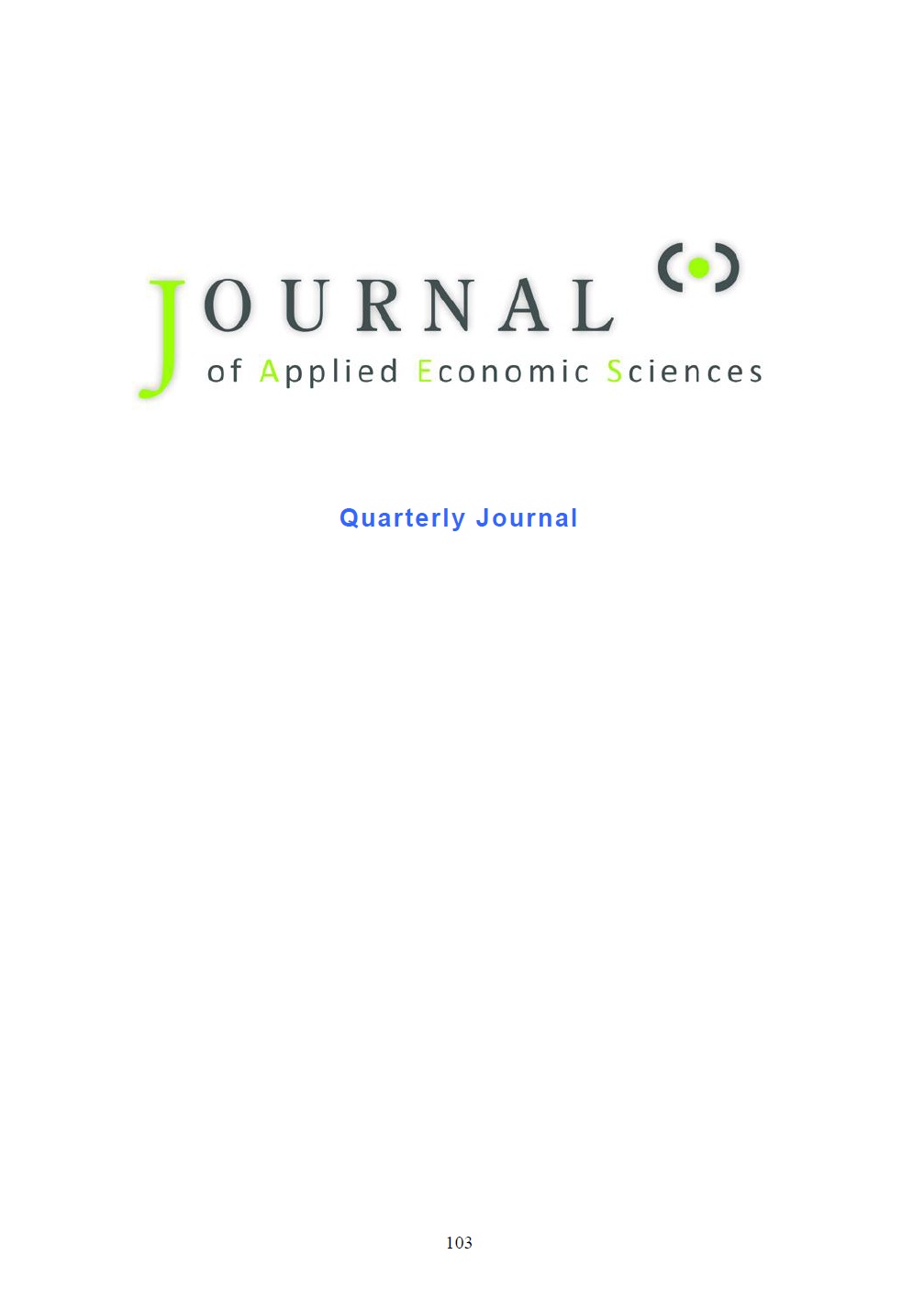A BEHAVIORAL EXPLANATION FOR THE ASYMMETRIC VOLATILITY EFFECT
A BEHAVIORAL EXPLANATION FOR THE ASYMMETRIC VOLATILITY EFFECT
Author(s): Mouna Abbes BoujelbeneSubject(s): Essay|Book Review |Scientific Life
Published by: Reprograph
Keywords: asymmetric volatility; disposition effect; behavioural finance; subprime crisis; capital gain.
Summary/Abstract: In this study, we test whether the behavioural bias labelled “disposition effect”, defined as the tendency of investors to ride losses and realize gains, leading to asymmetric return-volatility relation before and during subprime crisis periods. The study of the cross-sectional relation between past cumulative return, current return and volatility shows that volatility is less sensible to return chocks when cumulative past return is positive. Using the capital gain measure of Grinblatt, and Han (2005), we examine the relation between capital gain, current return and volatility for American stocks during tranquil and turmoil periods. We find that negative capital gain of disposition investors explain a large part of asymmetric volatility mainly in subprime crisis period. Moreover, volatility is less sensitive to return shocks under positive capital gain before subprime crisis. Although, during subprime crisis period positive capital gain increases volatility of bigger stocks. This finding can be explained by the loss aversion bias which leads investors to take their positions because of increasing of failure risk during global financial crisis period.
Journal: Journal of Applied Economic Sciences (JAES)
- Issue Year: VI/2011
- Issue No: 16
- Page Range: 121-131
- Page Count: 10
- Language: English

